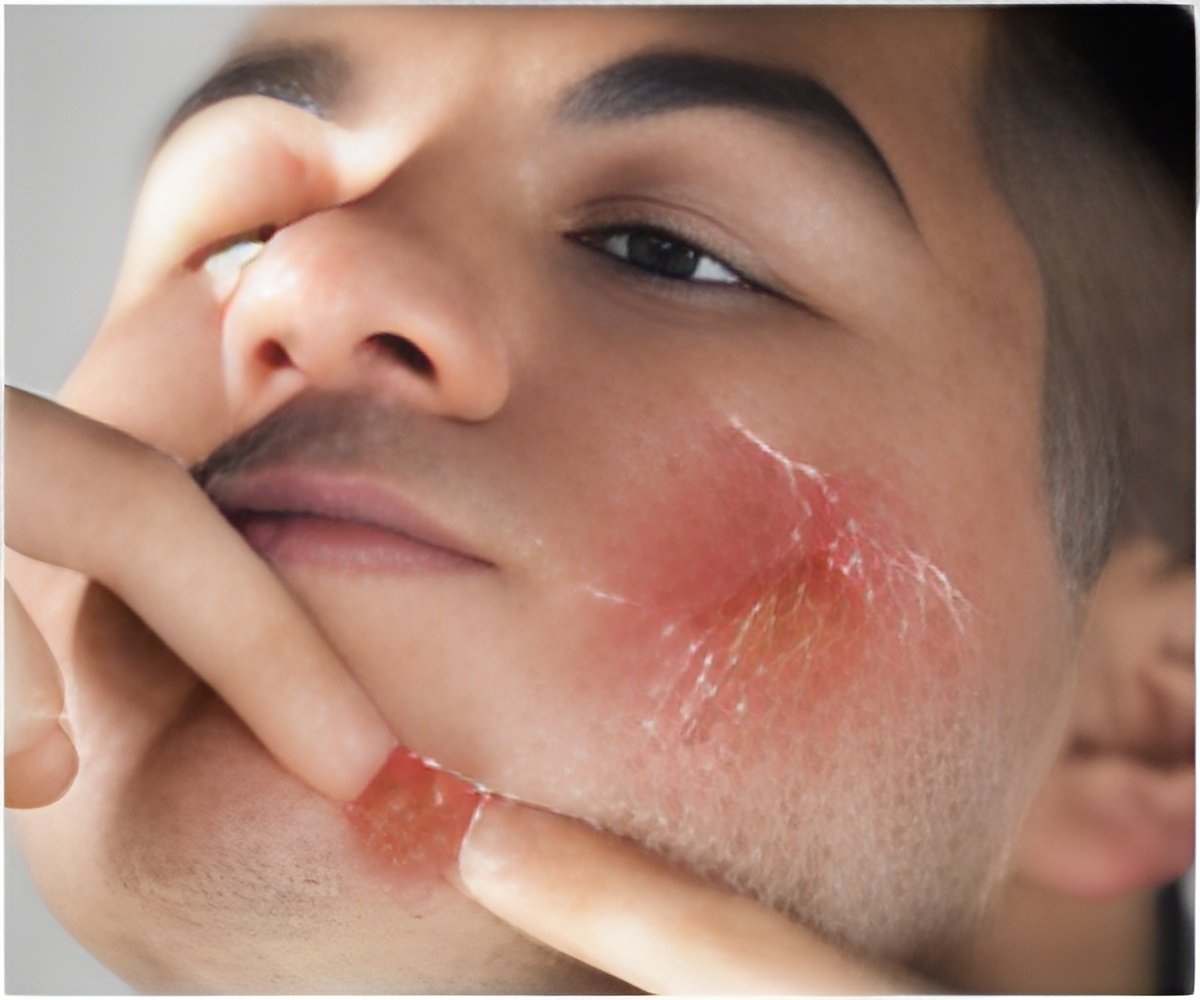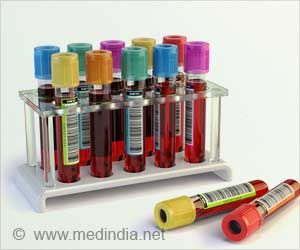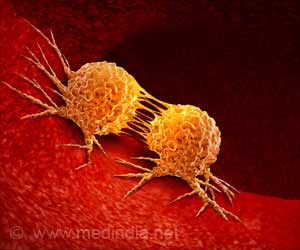The outer layer of the skin completely replaces itself every two to four weeks, but when this process is blocked, cancer can grow. Penn study identifies epigenetic regulator that controls skin cell turnover.

‘LSD1 plays an important role in repressing the genes for healthy skin cell turnover. This could pave the way for new treatment approach that blocks LSD1 with a skin cream or other topical therapy’
Read More..




Cutaneous squamous cell carcinoma (cSCC) is a skin cancer caused by the abnormal growth of skin cells. Together with a similar type of cancer known as basal cell carcinoma (BCC), they outnumber all other human cancers combined.Read More..
While many patients can have these cancers removed, others are not candidates for surgery and need alternative treatment options, which can include chemotherapy. Previous research has shown that these types of cancers thrive when skin cells, which are constantly renewing, don't differentiate themselves as they reproduce.
"Our study shows that targeting LSD1 can force the skin cells down a differentiation path, which could open the door to new topical therapies that can ultimately turn tumor cells into healthier, more normal cells," said the study's senior author Brian C. Capell, MD, PhD, an assistant professor of Dermatology and a member of Penn's Epigenetics Institute and Abramson Cancer Center. The co-lead authors on the study are Shaun Egolf, a graduate student, and Yann Aubert, PhD, a postdoctoral fellow, both in Capell's lab.
LSD1 is typically elevated in many types of cancer, and there are several inhibitors that attempt to target it. But until now, no one has shown its role in repressing the genes the skin needs for healthy turnover. That knowledge could open the door to a new treatment method that blocks LSD1 with a skin cream or other topical therapy.
"By knocking out LSD1, we can essentially turn the switch back on that would tell the skin to differentiate in a healthy way," Capell said.
Advertisement
Source-Eurekalert











